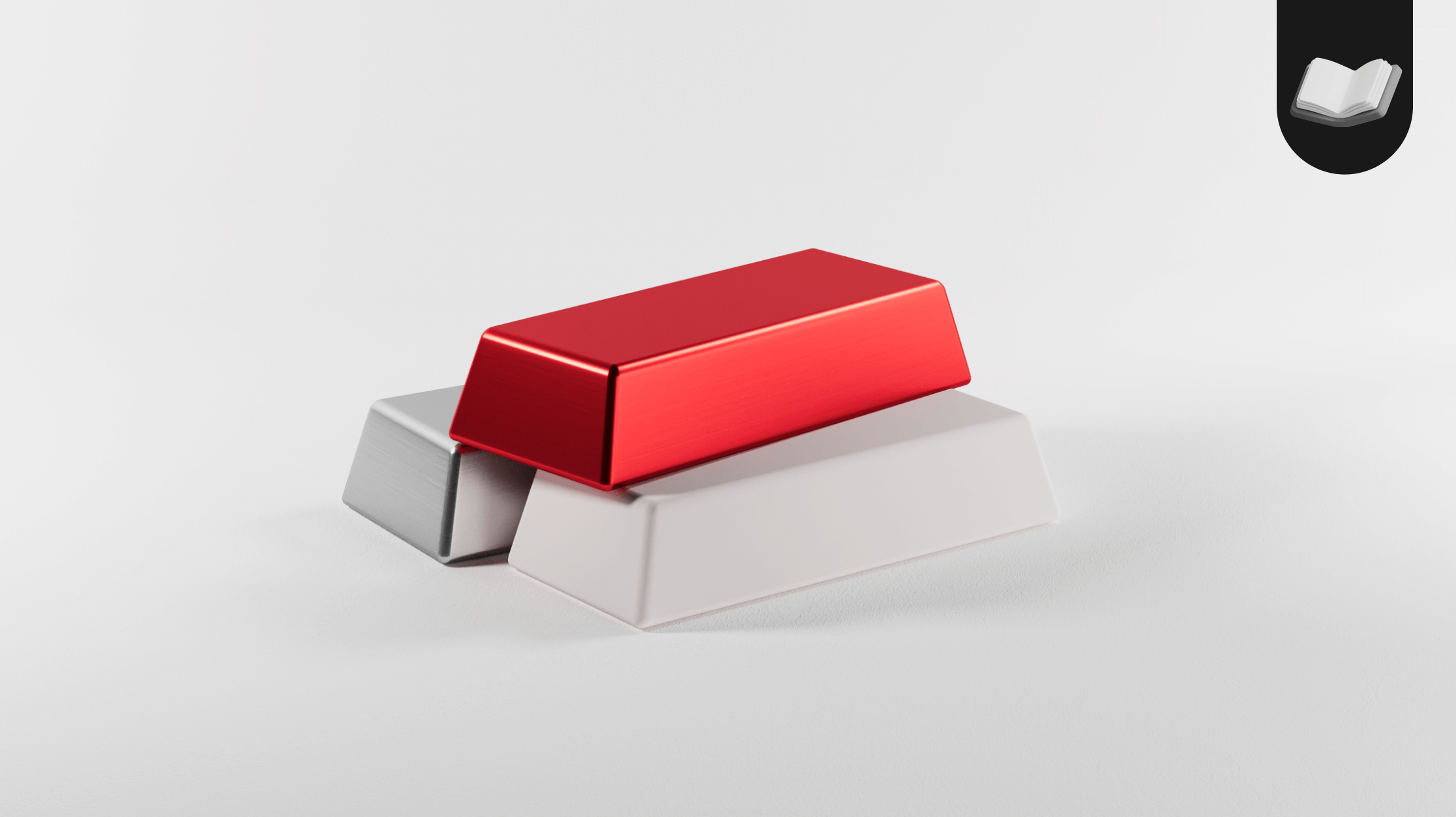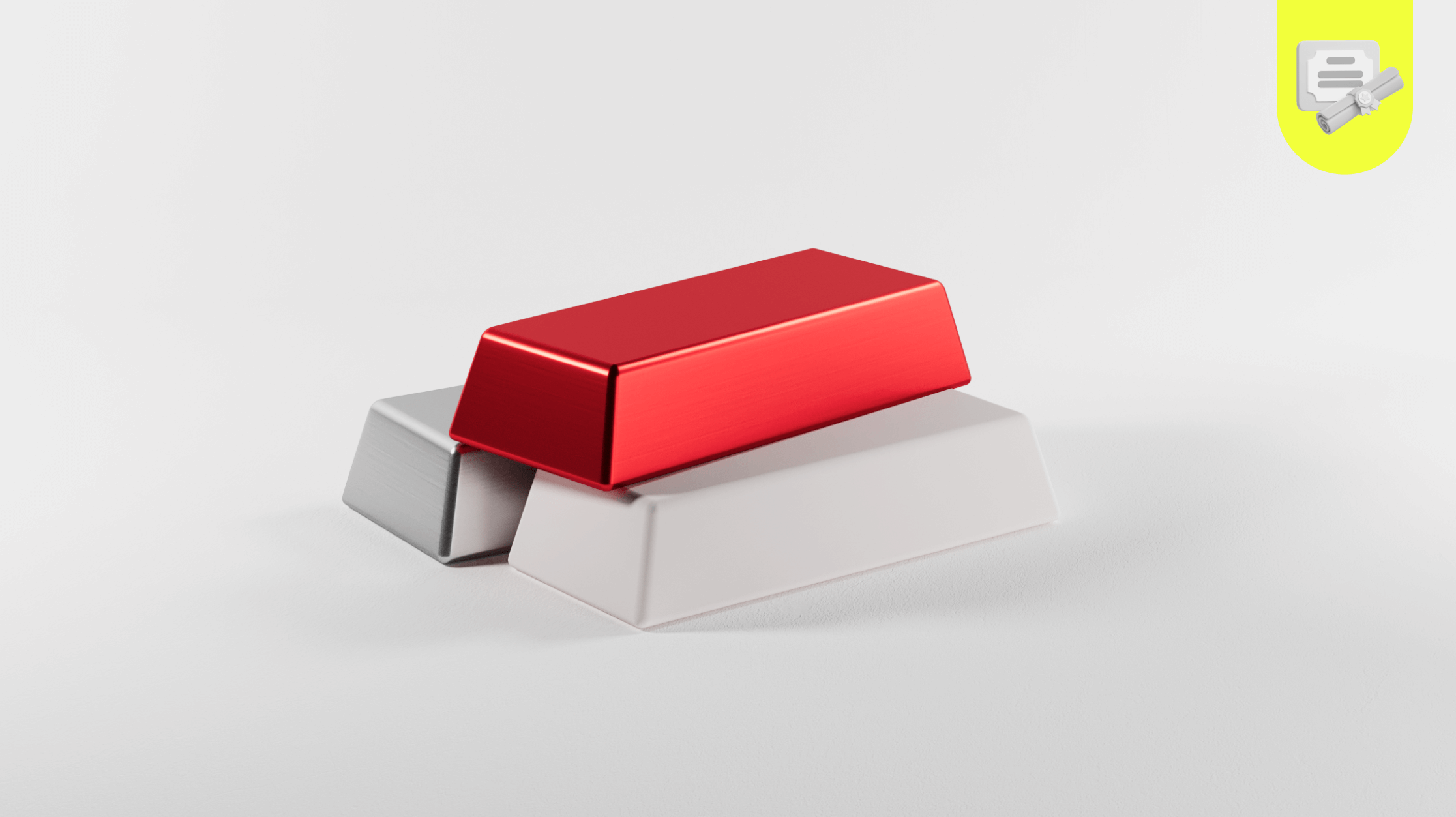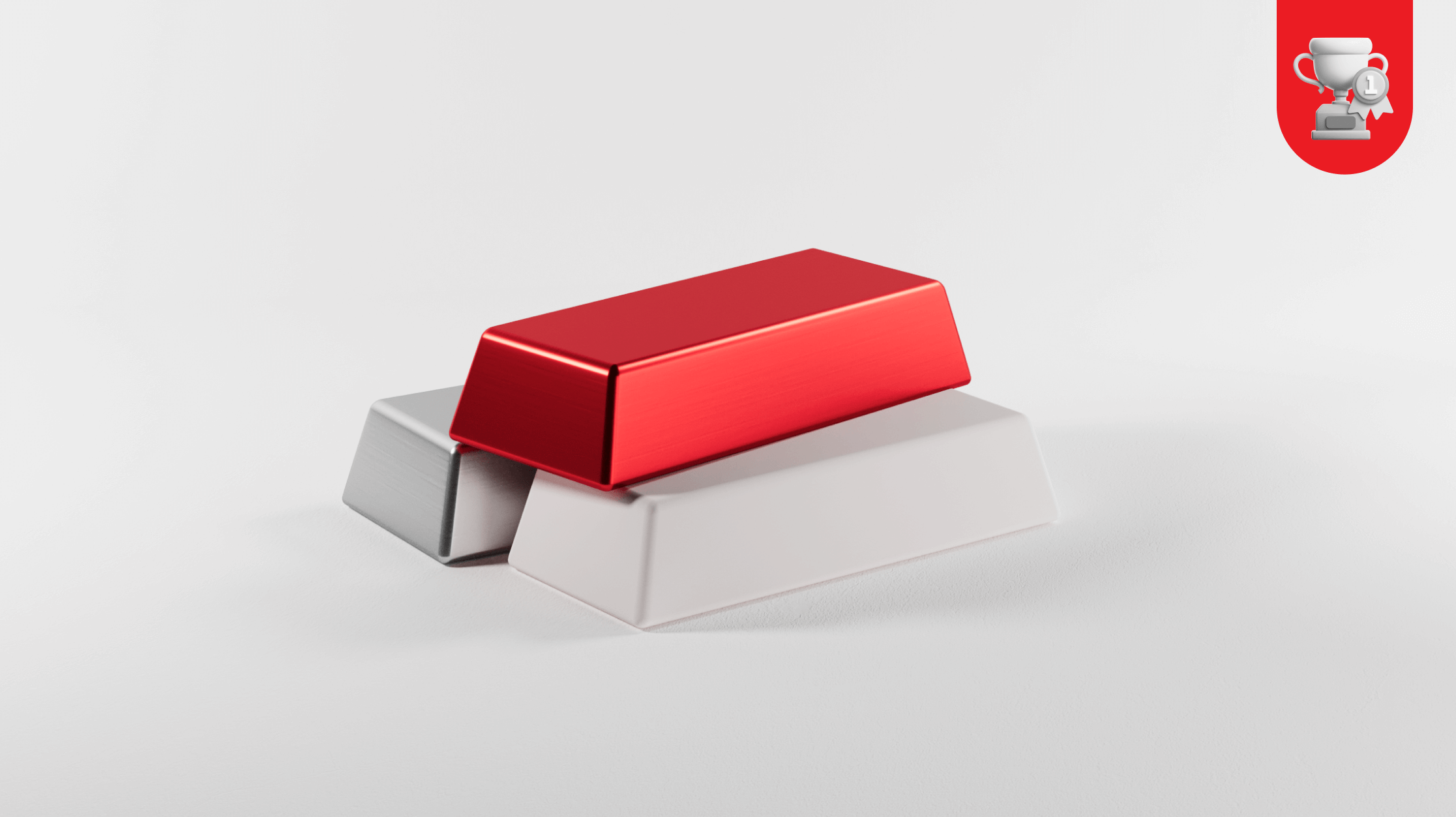Understanding Precious Metals Trading: A Beginner's Guide

Precious metals like gold and silver have fascinated investors and traders for centuries. Not only for their intrinsic properties, but also for their enduring value.
They are global signals of fear, greed, and protection.
If you’re new to the markets or curious about how to trade metals like a pro, this guide will introduce you to the foundations of precious metals trading in a way that’s clear, actionable, and relevant.
Before setting out to explore concepts and strategies, it helps to know exactly what precious metals trading is all about.
Table of Contents
What is Precious Metals Trading?
Why Trade Precious Metals?
How Precious Metals Are Priced
Popular Precious Metals to Trade
How to Trade Precious Metals
Key Terms in Precious Metals Trading
Popular Times to Trade Metals
Technical vs. Fundamental Analysis
Getting Started with Precious Metals
Common Mistakes in Metals Trading
Key Takeaways
What is Precious Metals Trading?
Precious metals trading involves buying and selling commodities like gold, silver, platinum, and palladium in hopes of profiting from price changes.
Unlike forex or stocks, precious metals are tangible assets, they hold intrinsic value. They’re also considered "safe haven" assets, which means investors often turn to them during periods of market uncertainty, inflation, or geopolitical tension.
You can trade precious metals through futures contracts, ETFs, CFDs (contracts for difference), or even physical bullion. D Prime offers convenient access to precious metals markets specifically through CFDs and Futures CFDs, providing traders with cost-effective, flexible trading solutions.
Now that you understand what precious metals trading involves, let’s explore why so many traders are interested in it.
Why Trade Precious Metals?
Precious metals offer more than just shiny appeal. Traders and investors value them for different reasons:
Inflation Hedge: Metals like gold often hold value even when currencies lose purchasing power.
Safe Haven Asset: In times of crisis, gold and silver tend to outperform riskier assets like equities.
Diversification: Adding metals to your portfolio can reduce volatility.
Global Demand: Industrial use and jewelry demand can drive prices, especially for silver and platinum.
That said, metals can be volatile too. Like any market, risk management is key.
"Gold is a way of going long on fear." — Warren Buffett
Understanding what drives the value of metals is key to knowing when and why prices move.
How Precious Metals are Priced
Understanding what moves metal prices is crucial for any trader.
Supply & Demand: Mining output, industrial demand, and jewelry production all influence prices.
Monetary Policy: Central bank actions, especially interest rates, affect the appeal of metals versus yield-generating assets.
Inflation & Currency Strength: When inflation rises or the U.S. dollar weakens, gold often gains ground.
Geopolitical Events: Wars, elections, or banking crises can cause surges in safe-haven buying.
Unlike forex pairs, precious metals like gold (XAU/USD) or silver (XAG/USD) are usually quoted against the U.S. dollar.
Each metal behaves differently in the market. Let’s break down the main ones you’ll encounter.
Popular Precious Metals to Trade
Here are the main players in the metal markets:
Metal | Symbol | Typical Use | Volatility Level |
Gold | XAU/USD | Jewelry, reserve asset, safe haven | Medium |
Silver | XAG/USD | Industry, electronics, jewelry | High |
Each metal has its own rhythm, drivers, and audience. Gold leads the way, but silver often offers bigger percentage moves.
Once you know your metals, the next step is learning how to trade them effectively.
How to Trade Precious Metals
Trading metals isn’t just about buying gold and hoping it goes up. You need a plan.
Here’s a basic trading example:
You expect inflation data to come in hot.
You go long on XAU/USD (gold) using a CFD platform.
The price of gold rises from $1,920 to $1,970.
You close the trade and pocket the difference (minus fees).
You can also short metals if you believe prices will fall. That flexibility is what makes online metal trading so attractive.
Before placing any trades, it’s important to get familiar with some of the basic terminology.
Key Terms in Precious Metals Trading
Like forex or stocks, metals have their own jargon. Here’s what you need to know:
Spot Price: The current market price for immediate delivery.
Futures: Contracts to buy/sell a metal at a future date and set price.
CFDs: Trade price movements without owning the asset.
Leverage: Use borrowed capital to amplify exposure (and risk).
Pip (for metals): Usually measured in cents. For XAU/USD, a $1 move = 100 pips.
Margin: The capital required to open a leveraged position.
Understanding these terms will help you navigate any trading platform with confidence.
Timing matters in every market, and precious metals are no exception. Here’s when traders are most active.
Popular Times to Trade Metals
Precious metals trade almost 24/5, but there are optimal times:
New York Session: Most active for gold and silver (as COMEX opens).
London Session: Also busy, as Europe is a big gold trading hub.
Liquidity is highest when both sessions overlap. This is often when news hits and price moves get sharp.
Analyzing the market is where the real decision-making starts. Let’s look at the two main methods traders use.
Technical vs. Fundamental Analysis
Just like forex, metals traders use two primary analysis methods:
Fundamental Analysis: Looks at economic data, inflation, central bank policies, and supply disruptions.
Technical Analysis: Focuses on price charts, patterns, and indicators.
Fundamentals might tell you why gold is in demand. Technicals tell you when to enter.
Smart traders use both.
"The goal of a successful trader is to make the best trades. Money is secondary." — Alexander Elder
Ready to dip your toes into the market? Here are the first steps to take.
Getting Started with Precious Metals
Getting started in metals trading doesn't have to be overwhelming. Whether you're opening your first demo account or researching your next strategy, the right tools and insights can make all the difference.
Here are six sources of information to help you build your edge:
Choose a Broker – Select a regulated broker like D Prime that offers metals with tight spreads and fast execution.
Open a Demo Account – Practice risk-free and learn how metals move.
Study the Charts – Use moving averages, trendlines, and price zones.
Follow the News – Inflation data, Fed meetings, and mining output all matter.
Risk Smart – Use stop-losses and only trade what you can afford to lose.
D Prime Market Analysis – Stay up to date with professional insights, forecasts, and strategies.
Visit the market analysis section on D Prime’s blog to get expert views and timely updates that can guide your next move.
Every beginner makes mistakes, but the smart ones learn from them early. Here’s what to avoid.
Common Mistakes in Metals Trading
Even with a solid foundation and strategy, traders can still fall into avoidable traps, especially early on. This section highlights frequent missteps and offers advice to help you sidestep them.
Avoid these beginner blunders:
Going All In: Don’t bet the farm on one metal. Diversify.
Ignoring Volatility: Silver and palladium can move fast. Use caution.
No Plan: Always know your entry, stop, and target before placing a trade.
Chasing the News: Don’t trade purely on headlines. Look at context.
Let’s bring it all together with a few lasting takeaways to guide your journey forward.
Key Takeaways
Precious metals trading is both timeless and modern. With the right strategy, discipline, and tools, it offers powerful opportunities for those willing to learn.
Whether you want to hedge, diversify, or speculate, metal markets have a role to play in a trader’s overall strategy.
Ready to take it further? Our next guide explores the forces that move these markets, and how to trade them like a strategist.
"In the short run, the market is a voting machine. In the long run, it is a weighing machine." — Benjamin Graham
Disclaimer
This information contained in this blog is for general reference only and is not intended as investment advice, a recommendation, an offer, or an invitation to buy or sell any financial instruments. It does not consider any specific recipient’s investment objectives or financial situation. Past performance references are not reliable indicators of future performance. D Prime and its affiliates make no representations or warranties about the accuracy or completeness of the information provided and accept no liability for any losses or damages resulting from its use or from any investments made based on it.
Do not rely on the above content to replace your independent judgment. You should consider the appropriateness of this information having regard to your personal circumstances before making any investment decisions. The market is risky, and investments should be made with caution.

